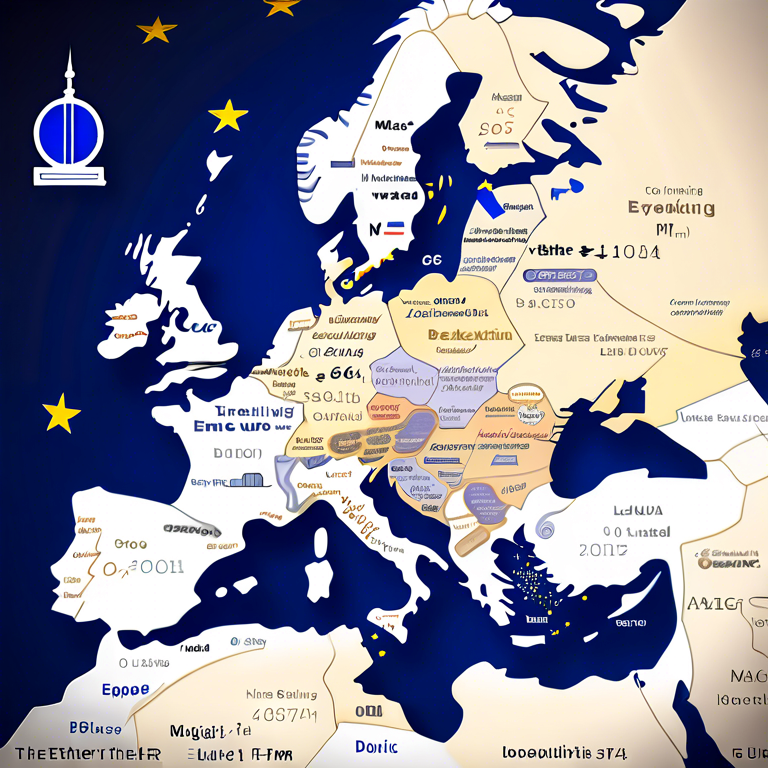Exploring the world of Ethereum and its relation to the European Union (EU) can seem daunting at first, especially when terms like ‘M epochs’ come into play. This article aims to demystify the significance of M epochs within the context of Ethereum’s blockchain technology, providing a clearer understanding for enthusiasts and potential investors alike. By breaking down these concepts, we can appreciate the technological advancements and regulatory frameworks that shape the future of digital currencies in the EU.

The Basics of Ethereum and Its Significance in the EU
Ethereum is a distributed public blockchain network that focuses on running programming code of decentralized applications, with its native cryptocurrency, Ether, acting as a fuel for these transactions. The European Union has shown increasing interest in the potential of blockchain technology and cryptocurrencies such as Ether, exploring its uses in various sectors including banking, healthcare, and governance. The EU’s proactive approach in seeking to understand and regulate digital currencies ensures a safer, more inclusive financial ecosystem.
Understanding M Epochs in Ethereum
‘M epochs’ refer to a technical term within the Ethereum network related to its consensus mechanism, specifically in the context of Ethereum 2.0’s shift to Proof of Stake (PoS). An epoch is a division of time on Ethereum’s blockchain, particularly relevant in its PoS mechanism. It is during these epochs that validators are chosen to create blocks and validate transactions. The prefix ‘M’ likely refers to milestones or specific markers within the epochs that signify shifts or important events in the network’s operation. This system contributes to the security, efficiency, and scalability of the Ethereum network, addressing some of the scalability issues faced by the original Proof of Work (PoW) mechanism.
In the PoS context, validators are required to stake a certain amount of Ether as a form of security deposit. The M epochs would potentially mark periods within which validators are evaluated, rewards are distributed, and the network undergoes various updates or adjustments to improve its overall functionality and performance.
The EU’s Approach to Regulating Ethereum and Its Innovations
The European Union has taken notable steps towards establishing a regulatory framework that encompasses digital assets like Ether. Initiatives such as the Markets in Crypto-Assets (MiCA) regulation aim to provide legal clarity for crypto assets, ensuring a harmonized approach across member states. This move not only protects investors but also fosters innovation and stability in the cryptocurrency market within the EU. By addressing key issues such as transparency, security, and consumer protection, the EU positions itself as a leader in adopting and regulating blockchain technologies.
Understanding how M epochs function within Ethereum’s infrastructure could provide valuable insights for EU regulators in crafting policies that support innovation while ensuring security and efficiency in the blockchain ecosystem. As Ethereum continues to evolve, especially with the transition to Ethereum 2.
0, keeping abreast of these technical aspects becomes crucial.
In conclusion, the concept of M epochs within Ethereum’s blockchain is instrumental in understanding the network’s innovations and its transition to a more sustainable, secure consensus mechanism. As the European Union continues to explore and regulate blockchain technology, comprehending these fundamental aspects is vital for investors, developers, and regulators alike. By demystifying these terms, we pave the way for a more informed and inclusive digital future in the EU.


